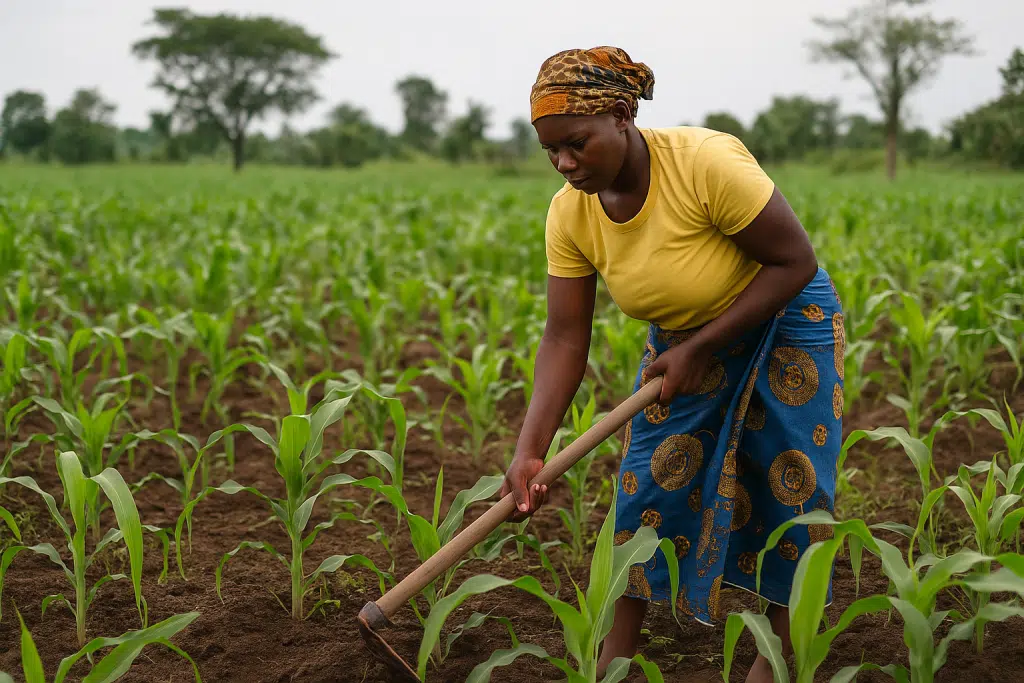Agriculture sustains many communities in Africa, yet small farmers often struggle to access credit for family farming. This lack of financial support limits their ability to expand and improve production. As global demands for food rise, empowering these farmers through access to credit is crucial. This can lead to greater yields, sustainable practices, and a stable livelihood for families.
In Africa, small-scale farming is a critical component of the economy and food security. Yet, credit accessibility remains a significant obstacle. By overcoming financial barriers, small farmers can enhance their operations and increase productivity. This article explores innovative ways for small farmers to access funding, boost production, and contribute to economic growth.
Understanding credit for family farming

Credit for family farming is essential for increasing agricultural productivity in Africa. Access to finance allows farmers to invest in better seeds, tools, and practices. Yet, traditional banking systems often overlook these small-scale farmers. Developing new models of microfinance tailored specifically for the agricultural sector is vital.
Organizations and governments are beginning to recognize the impact of offering credit to family farmers. By tailoring financial products to the unique needs of smallholder farmers, more can gain access to funds. Encouraging the growth of mobile banking solutions also helps in reaching remote farmers, providing a lifeline in expansion efforts.
Implementing microfinance solutions in rural areas
Microfinance institutions can be pivotal in delivering credit to family farming communities. These entities offer flexible loan products suited to the seasonal nature of farming. By understanding farmer needs, microfinancing helps mitigate risks and improve crop quality. Collaborations between local banks and agricultural organizations can further enhance these offerings.
Partnerships with non-profits and agro-based companies enable the provision of microloans at low interest rates. Such alliances can train farmers in financial literacy and agribusiness management. Ensuring that these solutions are easily accessible through mobile technology can bridge geographic barriers.
Innovative strategies to enhance farm productivity
Beyond credit for family farming, strategic partnerships can leverage other resources that elevate farm production. Programs focused on agricultural education and technology transfer play a crucial role. When farmers receive training on modern techniques, they can effectively use the financial resources obtained.
Technology plays an essential part in elevating productivity levels. Access to information via mobile apps on weather patterns, best crop practices, and market prices empowers farmers. Innovations like drip irrigation systems can be implemented with the borrowed funds, optimizing water usage and increasing yields.
Practical tips to access credit for family farming
Small farmers should start by understanding their specific credit needs and researching available options. Building a good credit history can be crucial, even on a small scale. They can seek assistance from local agricultural extensions or community groups for guidance on the loan application process.
Networking with other farmers and participating in cooperative movements can enhance their credibility. Creating detailed farming plans and demonstrating potential returns on investment to lenders may also increase the chances of obtaining credit for family farming. Farmers should engage in financial literacy programs to better manage their resources and repay loans.
Empowering family farming through credit access
Access to credit for family farming holds the promise of transforming agricultural productivity in Africa. With the right financial products and support structures, smallholder farmers can overcome existing challenges. Increased productivity not only benefits individual farmers but also strengthens food security and boosts the overall economy.
By fostering an environment where African farmers have ample access to credit, communities can thrive. The concerted efforts of governments, financial institutions, and non-profits can create a sustainable and prosperous future. Making informed decisions, utilizing technology, and building networks are integral steps toward achieving this vision for family farming.



